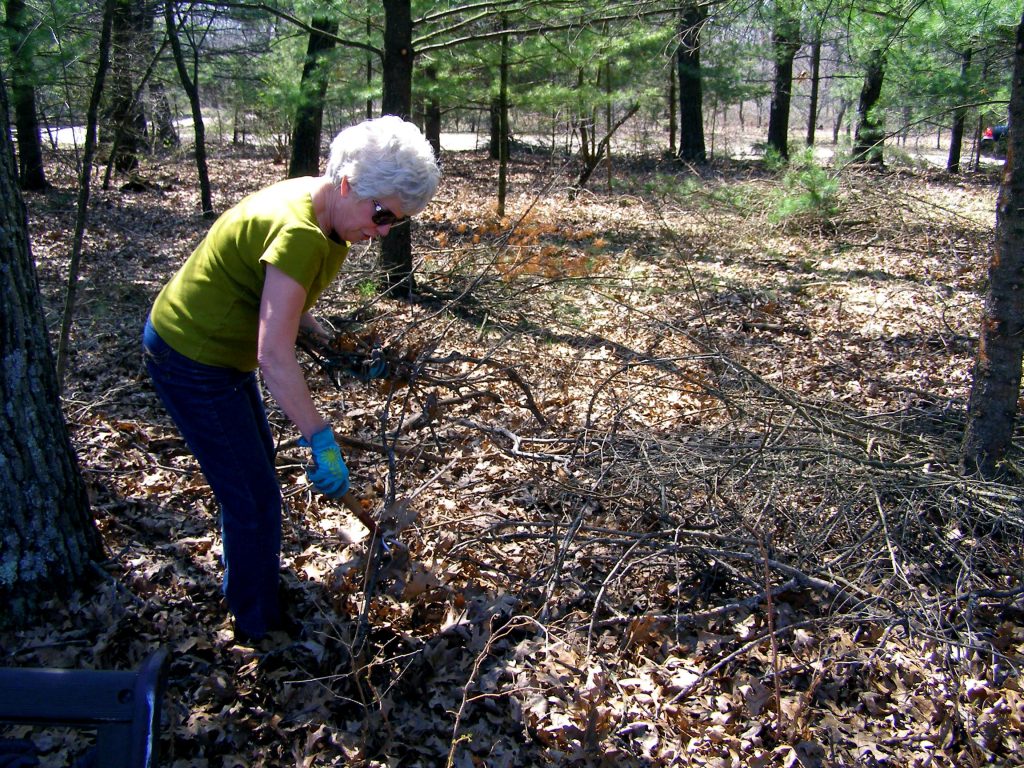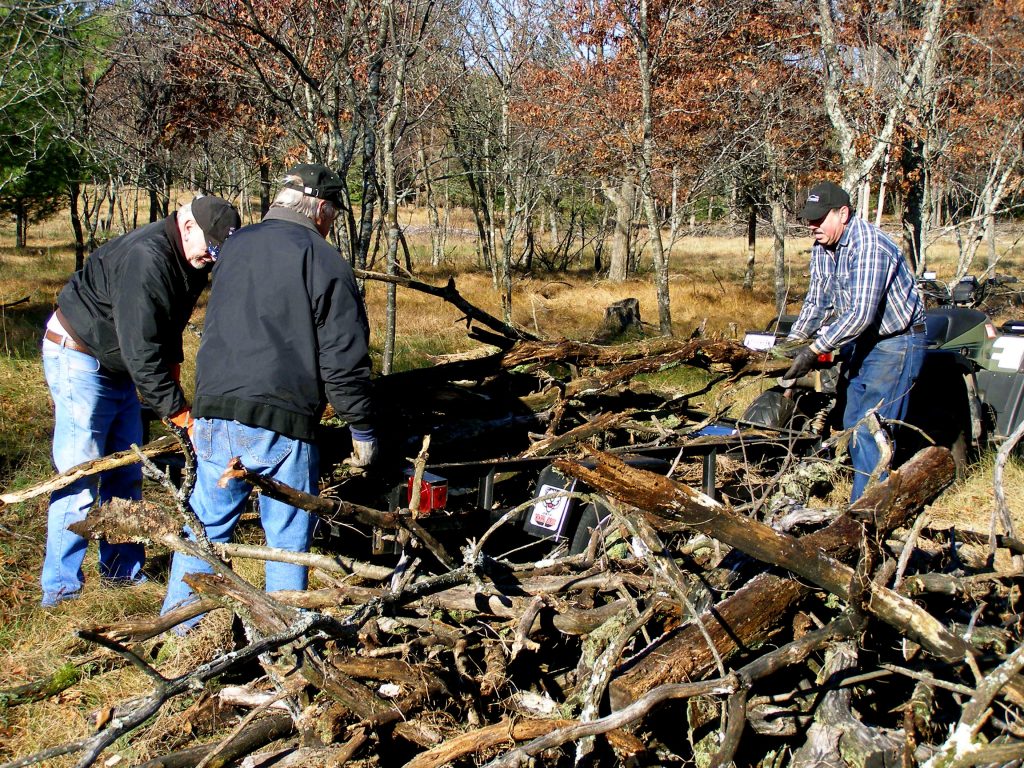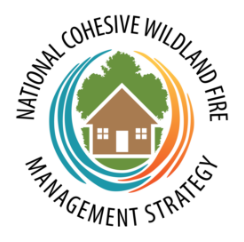National Cohesive Strategy, Goal One
Restore and maintain landscapes
Landscapes across all jurisdictions are resilient to fire-related disturbances in accordance with management objectives.
This section provides a set of links and resources to assist wildland fire managers and practitioners with information to support landscape restoration and maintenance efforts in the Northeast Region.

Prescribed Fire Coordination
Prescribed Fire Work Group was formed by the NE RSC to promote an increase in the amount of beneficial fire on the landscape (prescribed and “managed” fire – where legally allowed, and utilizing smoke management best practices). This work group will explore and implement solutions to improve coordination for prescribed fire in the Northeast – with a purpose of sharing information and providing support for sub-regional and state activities.
Additional information about prescribed fire coordination can be found at:
- Coalition of Prescribed Fire Councils The Coalition’s core mission is to promote the appropriate use of prescribed fire for enhancing public safety, managing resources, and sustaining environment quality. In addition, the Coalition encourages and facilitates the organization of prescribed fire councils in states that lack active councils.
- 2018 National Prescribed Fire Use Survey Report Technical Report 03-18. Prepared by the Coalition of Prescribed Fire Councils, Inc.
- 2021 National Prescribed Fire Use Report. Prepared by the National Coalition of Prescribed Fire Councils, Inc.
Northeast-Midwest Regional Prescribed Fire Council Coordinating Group
Northeast-Midwest Regional Prescribed Fire Council Coordinating Group – This webpage is dedicated to providing information and resources in support of the prescribed fire councils in the 20 Northeast and Midwest states. The NE-MW Regional Prescribed Fire Council Coordinating Group (NEMWRPFCCG) is a regional group of the National Coalition of Prescribed Fire Councils.
NE-MW Regional Prescribed Fire Science and Management Workshop
- Provide a forum for all wildland fire management partners to share region-wide, science-based, fire ecology information oriented
toward expanding and maintaining the use of prescribed fire across all landscapes, jurisdictions, and fire-dependent ecosystems.
to coordinate and support implementation of the National Cohesive Wildland Fire Management Strategy across the 20 Northeast and Midwest states. - Provide an opportunity for scientists, managers, and practitioners across the 20-state region to share prescribed fire related experiences, successes, and potential solutions to implementation challenges.
- Provide an opportunity for agency leaders and managers to interact with state prescribed fire councils and other key partners.
- Serve has a model for future annual or biennial workshops.
Northeast Prescribed Fire Resource Guide
Northeast Prescribed Fire Resource Guide – This guide has been developed by the Northeast Regional Cohesive Strategy Committee (RSC) Prescribed Fire Work Group and is intended to be an information source for prescribed fire managers and practitioners, or those interested in learning more about prescribed fire, to locate information about prescribed fire organizations, resources, research, best practices and educational and training opportunities in the 20 Northeast and Midwest states.
Northeast LANDFIRE & Other Data Sources
The LANDFIRE Program provides 20+ national geo-spatial layers (e.g. vegetation, fuel, disturbance, etc.), databases, and ecological models that are available to the public for the US and insular areas. This program and its associated data applications are critical for informed wildland fire management planning efforts in the Northeast Region.
- All things LANDFIRE. Different ways to access data.
- LANDFIRE application examples.
- TNC’s LANDFIRE website Applications, biophysical settings, monthly postcards, interviews, webinars, etc.
- Northeast LANDFIRE Google forum A collaborative site where we document conversations about LANDFIRE products and applications.
- LANDFIRE data product review site Dynamically view LANDFIRE 2014 existing vegetation type (EVT), fire behavior fuel models (FBFM40), and disturbance data. Provide feedback directly to LANDFIRE via web form.
- Interagency Fuel Treatment Decision Support System (IFTDSS) For creating landscape files, simulating fire behavior, comparing potential fuel treatment outcomes, calculating burn probability.

Landscape Collaboration
Cross-boundary landscape level planning and management are key to the restoration and maintenance of forest and grassland landscapes to conserve fire adapted ecosystems and manage the risk from wildfire across the Northeast and Midwest. This resources list provides both guidance and examples of landscape collaboration efforts across the region.
- Landscape Stewardship Guide This document provides managers with broad guidance on a landscape approach to forest stewardship in the region served by Northeastern Area State and Private Forestry. This approach has strong potential to increase our ability to sustain the benefits that both society and individuals derive from privately owned forest land by engaging landowners and their communities in its management.
- Multi-State Priority Areas in the Northeast and Midwest, June 2016 State forestry agencies identified “multi-State priorities” in their State Forest Action Plans; a summary of these areas and issues was compiled. Updates from annual State accomplishment reporting and interviews with State forest planners were also obtained. All of this information was used to develop comprehensive documents that outline each of the multi-State priority areas and multi-State priority issues (DeSenze 2016a), and these documents were provided to partners.
- Federally Led Landscape Scale Conservation Initiatives in the Northeast and Midwest, October 2016 Landscape scale conservation initiatives led by the U.S. Forest Service and other Federal agencies (e.g., Natural Resources Conservation Service, U.S. Department of Agriculture, and Fish and Wildlife Service, U.S. Department of the Interior) are described. Information about such efforts (purpose, scale, contacts, and existing partnerships) was used to create this comprehensive inventory of these initiatives.

